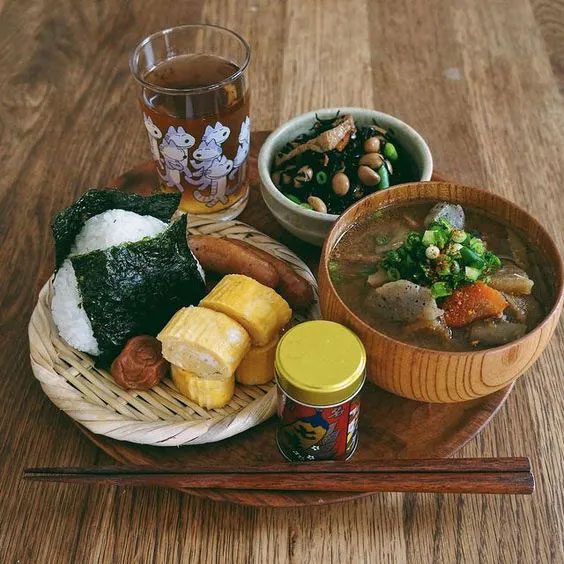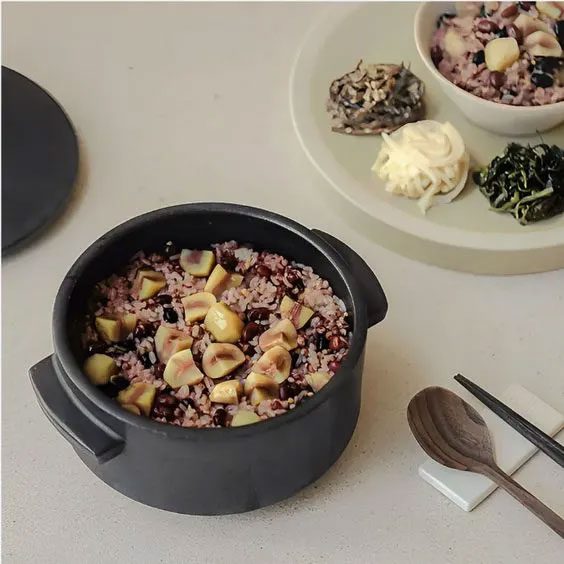The Japanese preference for dishes like rice balls and sushi not only enhances flavor but also has health benefits.
Unlike Vietnamese or some other Asian cultures, the Japanese primarily consume cold rice in the form of sushi and rice balls. White rice, after being cooked and cooled, undergoes structural changes, gradually converting into resistant starch. This type of starch is not easily broken down, resulting in slower digestion, which helps prevent rapid spikes in blood sugar levels after eating and nourishes beneficial gut bacteria.

Groups consuming cold rice have lower blood sugar levels.
The American Journal of Nutrition also published a study on the impact of consuming cold versus hot rice on blood sugar levels. The experimental results indicated that the group eating cold rice had lower blood sugar levels. Consuming cold rice can slow down the body’s release and absorption of glucose, thereby controlling blood sugar levels.
However, for individuals with poor digestive function, eating cold rice may cause discomfort and weak absorption. Additionally, if rice is left to cool for an extended period and not stored properly, it may become contaminated and lead to food poisoning.
Therefore, for diabetic patients or those with high blood sugar, it is not necessary to eat cold rice to help lower blood sugar levels. Just pay attention to the following three points when cooking rice:
1. Replace a portion of white rice with whole grains and legumes

Mixed grain rice helps reduce sudden spikes in blood sugar. (Illustrative image).
Whole grains such as brown rice, barley, corn, oats, and legumes are rich in fiber, effectively slowing down the digestion of white rice and preventing it from being absorbed too quickly into the body, thereby reducing sudden increases in blood sugar levels.
2. Avoid adding fats to rice
Dishes like fried rice or stir-fried foods with a lot of oil may be delicious, but they contain large amounts of fat and calories. This can increase lipid levels in the blood as well as blood sugar levels after eating.
Additionally, it is advisable to limit the addition of spices to rice to control blood pressure and prevent cardiovascular diseases.
3. Do not cook rice too soft
Soaking rice before cooking or cooking it with too much water for a long time can facilitate the gelatinization of the rice, causing the starch to absorb water and allowing enzymes to break down and disrupt the starch cell structure. This accelerates the digestion and absorption process once consumed, leading to a rapid increase in blood sugar levels.
Moreover, avoid reheating rice too many times. Excessive reheating can make the rice softer, which may cause higher blood sugar levels after eating. It is best to consume rice that has been cooked on the same day.



















































